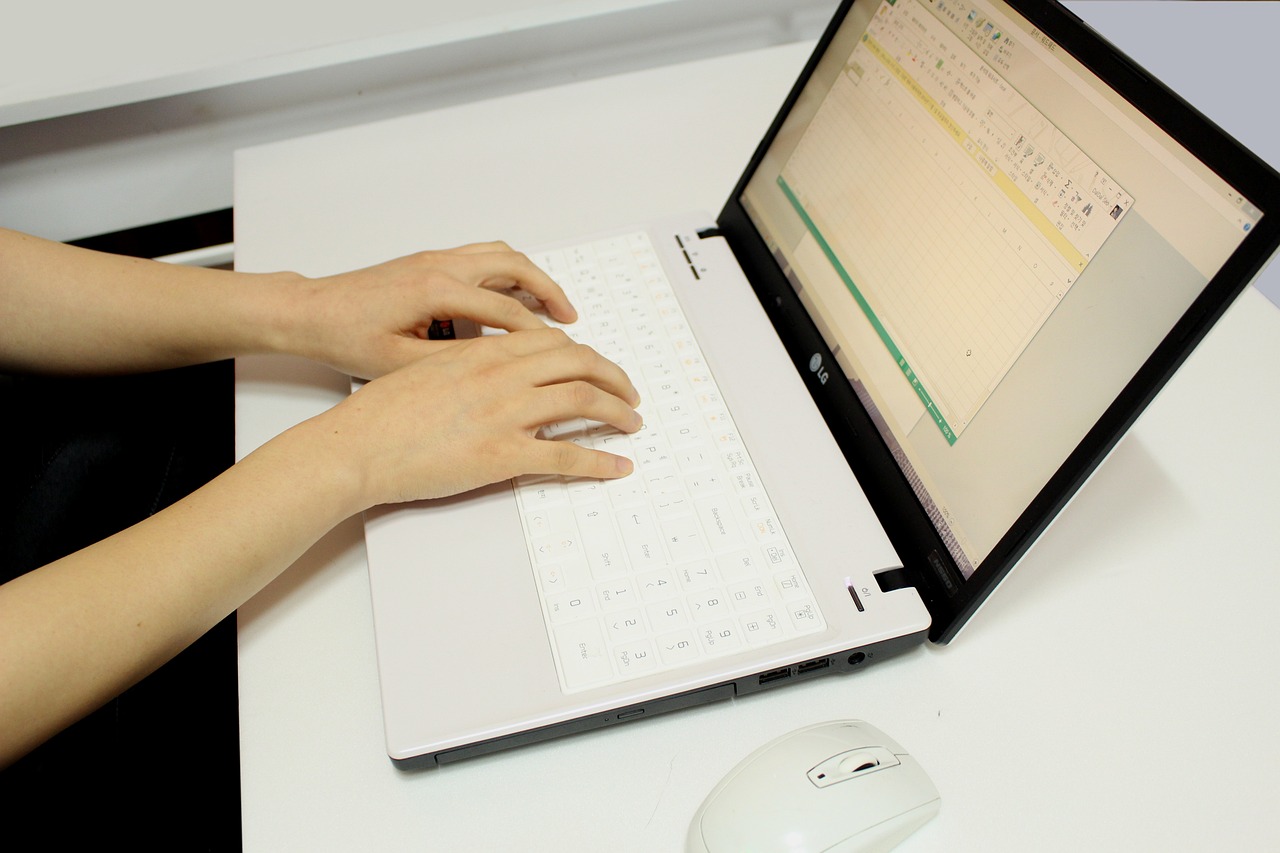What are the components of a controller besides PLC?
In addition to PLC, the components of a controller include:1. Input devices: These are used to measure and monitor the process variables, such as temperature, pressure, flow rate, etc. They convert the physical variables into electrical signals that can be processed by the PLC.2. Output devices: These are used to receive signals from the PLC and convert them into the necessary control signals to control the process equipment, such as motors, valves, heaters, etc.3. Human Machine Interface (HMI): This is a computer program that provides a user-friendly interface for operators to monitor and control the process equipment. It allows operators to view real-time data, set points, and control the process equipment from a central location.4. Safety Devices: These are devices that help to protect personnel and equipment by monitoring and controlling the process variables to ensure safety standards are met. They may include sensors, switches, and relays that detect hazards and shut down the process equipment if necessary.These components work together to ensure that the process equipment is operating safely and efficiently, while meeting the desired performance criteria.
In the industrial automation industry, programmable logic controllers (PLC) serve as the core of the control system, responsible for executing the programmed logic and communication with other devices. However, PLCs are not standalone components; they require several other elements to function as a complete control system. Here are some of the essential components that complete a controller system besides PLC:
1. Input/Output Modules:
Input modules receive signals from various sensors and provide the PLC with data such as temperature, pressure, or position. Output modules take signals from the PLC and provide them to actuators, such as motors or solenoids, to control the physical process.
2. Human Machine Interface (HMI):

HMI is a user interface device that allows operators to interact with the PLC and monitor the status of the system. It usually consists of a touchscreen or a computer screen with which operators can display data, enter commands, or change settings.
3. Motion Controller:
A motion controller is a specialized PLC that is used to control the motion of industrial robots or CNC machines. It receives instructions from the main PLC and coordinates the movement of motors, actuators, and other devices to ensure precise positioning and speed control.
4. Servo Drive:
A servo drive is an amplifier that receives signals from the PLC or motion controller and converts them into current or voltage signals to drive a servo motor. It typically includes features such as speed control, torque control, and position feedback.
5. Variable Frequency Drive (VFD):
A VFD is an electronic device that controls the speed of an AC motor by varying the frequency of the applied AC voltage. It receives a command signal from the PLC and generates the required frequency to control the motor speed.
6. Data Logger:
A data logger is a device that records data from the PLC over time. It stores the data on a memory card or in a database for later analysis, monitoring, and report generation.
7. Wireless Communication Module:
Wireless communication modules enable PLCs to communicate with other devices wirelessly, such as sensors, actuators, or other PLCs. This allows for more flexible and cost-effective installation in applications where wired connections are challenging.
8. Redundant Controller System:
In critical applications where downtime is not an option, a redundant controller system is used. This involves two or more PLCs operating in parallel, each performing the same tasks but independent of each other. If one PLC fails, the others can take over its tasks seamlessly, ensuring continuous operation.
9. Fieldbus System:
Fieldbus systems are digital communication buses that connect sensors, actuators, and other field devices to the PLC. They provide a standardized way to exchange data between devices, reducing installation and maintenance costs while enhancing system reliability.
10. Ethernet Switch:
An Ethernet switch is a networking device that allows PLCs to communicate with other devices on an Ethernet network. It provides the necessary connectivity for data acquisition, remote monitoring, and control tasks, ensuring efficient communication throughout the entire system.
In conclusion, while PLCs are the heart of any industrial automation system, they are only part of a complete controller package. By combining PLCs with these supporting components, industrial automation controllers can achieve their full potential in terms of functionality, efficiency, and reliability.
Articles related to the knowledge points of this article:
Installation of Qingyang PLC Controller
PLC Controller Instruction Numbers
PLC and Controller Networking: A Guide to Effective Implementation